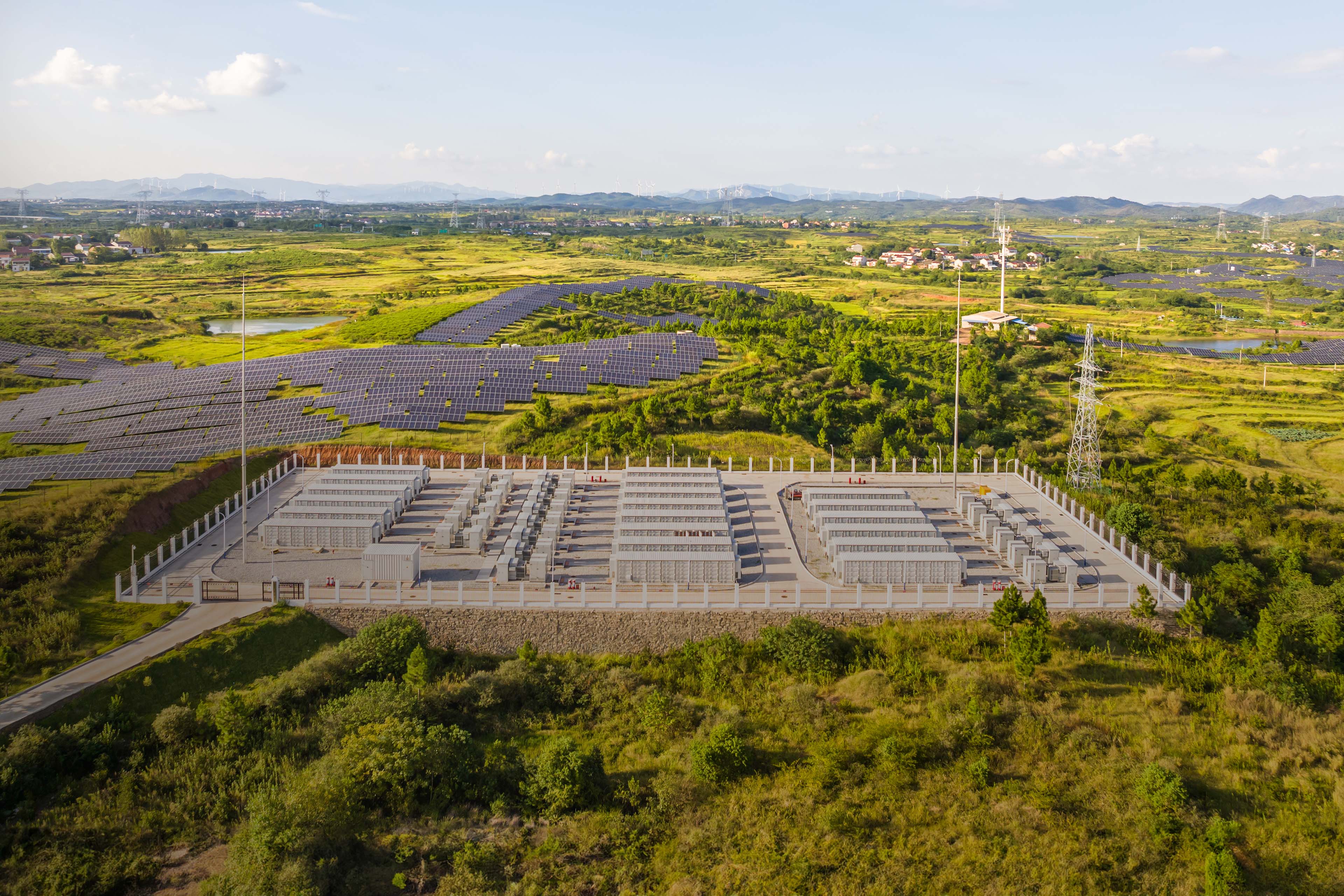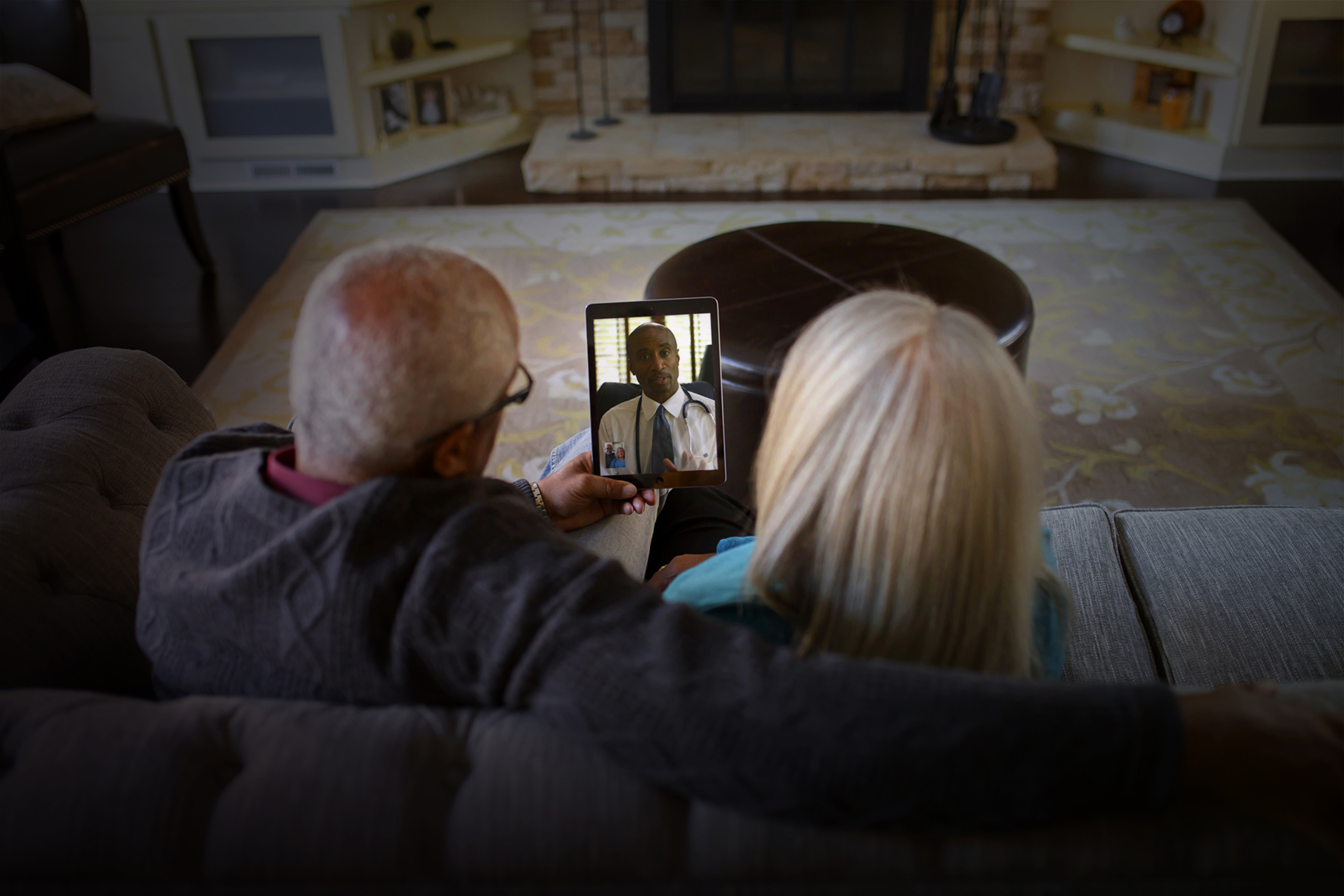EY refers to the global organization, and may refer to one or more, of the member firms of Ernst & Young Global Limited, each of which is a separate legal entity. Ernst & Young Global Limited, a UK company limited by guarantee, does not provide services to clients.

Good consumer experiences flow through to better workforce experiences and vice versa. Both are good for business.
Three questions to ask
- How will our organization differentiate itself with respect to patient and workforce experiences in order to compete in the future?
- How will our organization identify potential partners to differentiate our offerings so we create the customer experiences of the future and that our products and services stand apart?
- What changes do we need to make in our capabilities, systems, infrastructure and technology, organizational culture, and behaviors to deliver the results we seek?
Good consumer experiences flow through to better workforce experiences and vice versa. Both are good for business and should be a top priority for all health care organizations. The bottom line is health care organizations need an enterprise-wide perspective that includes people on both sides of the care delivery equation to enable the best, most efficient care, at the right place and at the right time.
For health care consumers, positive experiences can impact care outcomes, the ongoing relationship with the health care provider, and the likelihood of adhering to treatment, as well as seeking care proactively in the future. Designing smarter care pathways make it easier for consumers to engage with health for prevention, rather than just when sick. This extends to infrastructures that support behavioral change over extended periods and also facilitate low-effort data gathering, including the integration of social determinants data with the clinical, for better outcomes.
For the workforce, the smart health experience starts with the digital transformation of the enterprise, which we discuss in other articles in this Smart Health series. In combination, smart health technology, along with the human touch, offer the opportunity to change care delivery in ways that matter to both physicians and patients.
Comprehensive longitudinal data sets, improved data flow and care coordination inherent in smart health systems generate insights for patients and clinicians. This includes such things as individualized care pathways for chronic condition management and behavioral engagement through artificial intelligence (AI)-enabled tools.
The digitization and automation of existing processes can reduce repetitive, low value tasks, freeing staff time and energy for patient engagement and clinical care.1 These technologies power innovative solutions that can lower staff burden and reduce burnout and turnover.2 Clinical productivity can be enhanced as the rapid dissemination of best practices and evidence-based medicine can change deep-seated habits and reduce variability and waste and improve patient outcomes.3
As we move into the next generation of health care, the care model is shifting to one that is preventive, personalized and participatory (Figure 1). The health system of the future will be digitally connected, consumer-centric and focused upon wellness. Patient engagement tools, virtual care, smart homes and AI-powered analytics will give people the tools to manage their health, lifestyle choices and chronic conditions in vastly different ways.
However, technologies that uplift the end-to-end experience and remove silos by connecting the care continuum are just one part of the solution. The other is a relentless focus on the human side of care. Getting the experience right means understanding and valuing people for who they are and the unique set of needs, specific to each individual’s health and wellness journey.
For consumers, this means treating people as individuals through highly personalized care and proactive engagement that is tailored to them, or to the “N of 1”and, for the workforce, a meaningful engagement with their work in a low friction, highly modernized and inspirational environment.
Figure 1: A participatory health paradigm

Download the article pdf
Three principles of designing a smart health experience
To set in place the foundations for a more responsive, efficient organization including modernized experiences and working conditions that patients and the health workforce want, means considering the following:
1. A vision built upon highly personalized experiences
Personalization is central to an exceptional customer experience. It shapes every connecting point along a care pathway serving the distinctive needs and preferences of the individual consumer, or care for an N of 1. Care is tailored to address each individual’s unique medical history. For example, knowledge of a person’s health history, along with a longitudinal health data record, allows for highly customized care. A hypertension reading may fall within a range considered acceptable in the context of one person’s history, but raise an alert for someone else.
Consumer engagement with the health system varies greatly and as the health system moves to becoming highly digitized and hyper-connected, underlying attitudes and beliefs held about health technologies can fundamentally influence interactions and, ultimately, outcomes. In recent research, EY identified four unique US health care consumer segments which cut across demographic groups that hold distinctive attitudes and behaviors with respect to consumer health technologies.
Two segments reflect a disinterested perspective, including Pessimists and Skeptics, both of which hold varying levels of disinterest and discomfort with the use of consumer health technologies. On the other side are the connected archetypes, where the Open-minded and the Optimist segments are receptive to, and have, to a greater extent, embraced the integration of digital health technologies into their daily lives (Figure 2).
Figure 2: Four US health care consumer segments: Enthusiasm for consumer health technology

Understanding the mix of segments, such as these, in populations can give rise to valuable insights around how to target and personalize products, services and information for patient populations. Highly targeted product and service innovations can be designed using sophisticated data analyses of consumers’ preferences, behaviors, and propensity to participate. These can be further stratified by health status, care utilization patterns, and social determinants information.
2. Good design begins and ends with people
Human-centered design is quite simply designing with and for people. It is a creative approach to problem solving; people are at the center and it begins with exploratory and immersive research. Asking smart and probing questions that challenge beliefs held around the status quo and spending time with people in the real-world environment are the starting points of a voyage of discovery. This is one that moves along several key stages of exploring what needs to be done, imagining new ways of addressing the defined challenge, and testing assumptions through prototyping with potential users and iterative redesign (see Figure 3).
Health care organizations can be especially large and complex, and solutions need to work for people, not the other way around. The best outcomes arise through a participatory co-design process, where health care consumers and workers imagine what a better experience could look like for everyone.4
For example, this may be highly focused, such as streamlining a care pathway or a discharge protocol for greater efficiency and convenience. Or it may contest long-held assumptions and habitual ways of thinking to radically change processes and service design to redefine value, shift to new markets or business models, introduce complex organizational cultural change or address upstream challenges connected with social determinants of health.
A case in point might be reimagining how health care solutions can move from the hospital to the home or community and reduce health inequalities by improving access to care.
An interesting illustration of the potential of human-centered design is that of desire paths, or the spontaneous shortcuts taken by people, usually the shortest or the most easily navigated route. Using this type of information to inform site planning has been undertaken in several US educational institutions by observing the natural walking routes created by students, before putting in pavements.5
Finding preferred or desired paths in health care may help design more responsive and efficient services that better meet the needs of patients, caregivers and the workforce. Co-locating thematically related services, for example thoracic services or emergency services, can enable greater workflow efficiency, shorter travel distances for staff and patients, and just-in-time access to equipment.6
This can also apply to program design, such as rural and remote mental health services, delivered in ways that people actually use them, rather than top-down implementation of predetermined structures.7
Figure 3: Human-centered design for health care

3. Digital assets and analytics
Digital assets are key enablers of holistic care. Designing for a more humanistic experience with digital interfaces means fully understanding the ways individuals interact with devices and technologies. One example is that of designing for highly innovative new technologies such as haptic multi-sensory technologies. These further humanize the digital experience through tactile feedback to users, including consumer wearables and clinical education, such as surgical training.
Digital tools and technologies drive standardization of processes for service delivery and reduce waste and unnecessary care through integrated clinical care pathways. These will also lead to smoothing of some of the pain points in the patient experience and burden imposed by the system on patients.
These include:
- Intelligent automation of manual repetitive tasks and use of robotics to standardize and systematize processes to optimize operational efficiency and drive workforce productivity
- Consumer behavioral insights that arise through the capture and analysis of a wealth of health and health-related data, such as health outcomes, prescribing, insurance, consumer-generated data, and genetics to form the foundation of predictive, preventive and personalized health care
- Data analytics to improve understanding of the disease journey and spur the vast possibilities of developing disciplines, including integrative systems biology and medicine, biomedical informatics, translational research, and population health
- Synthesis of back and front office systems to allow for more convenient scheduling, communications, billing and payment
- A digital replica of physical assets and organizational processes for real-time monitoring, trouble shooting and simulation testing.
In the smart health system of the future, a focus on improving the consumer and workforce experience will be key.
Contributors: Rachel Hall, EY Global Smart Health Experience Leader; Kenny O’Neill, EY Smart Health Experience Strategist; Aakanksha Kaul, EY Global Health Sciences and Wellness Analyst
Summary
Paying attention to the customer makes sound clinical and commercial sense. What we need to deeply understand are the benefits to be gained from improving the end-to-end experience in a holistic health care journey for both consumers and the health workforce. In the smart health system of the future, a focus on improving the patient and workforce experience will be key. Technologies that uplift the end-to-end experience and remove silos by connecting the care continuum are just one part of the solution. The other is systematically paying attention to the human side of care to get the experience right.
Related articles
Why interconnecting virtual and physical health care is a smart move
Interconnecting people, the environment, and systems is where health becomes smart. Highly interdependent, one can’t live without the other. Learn more.




